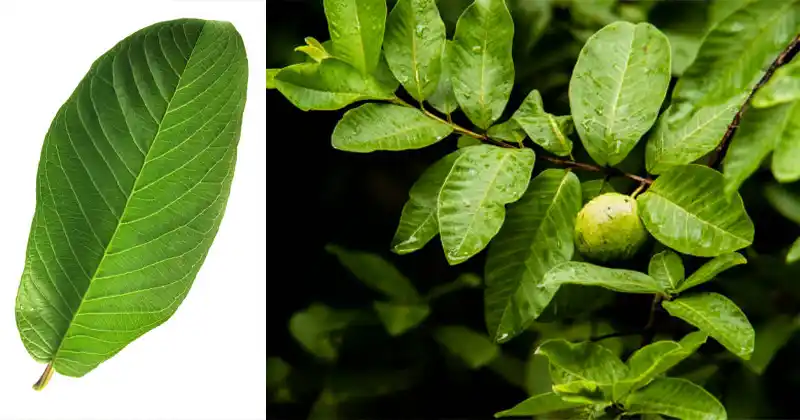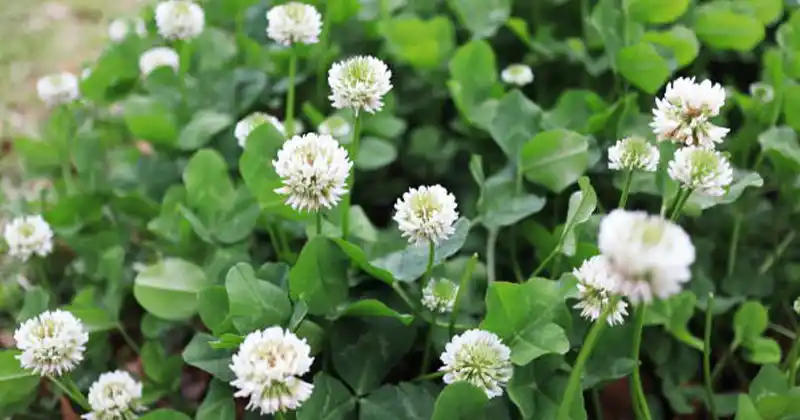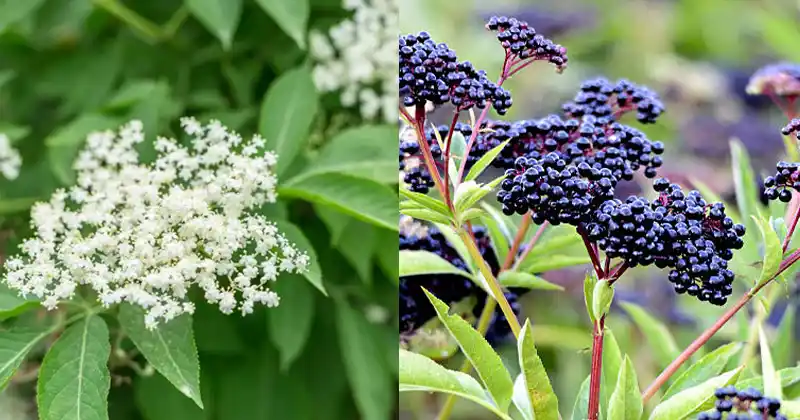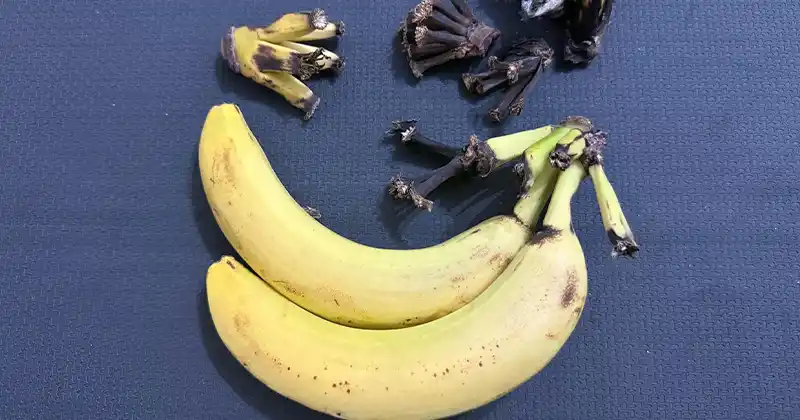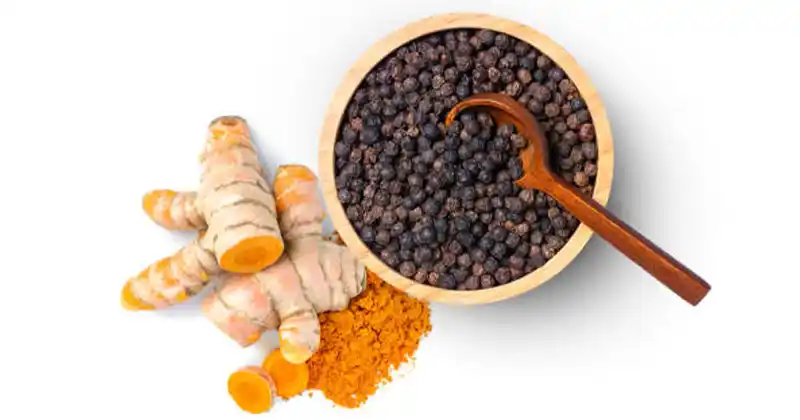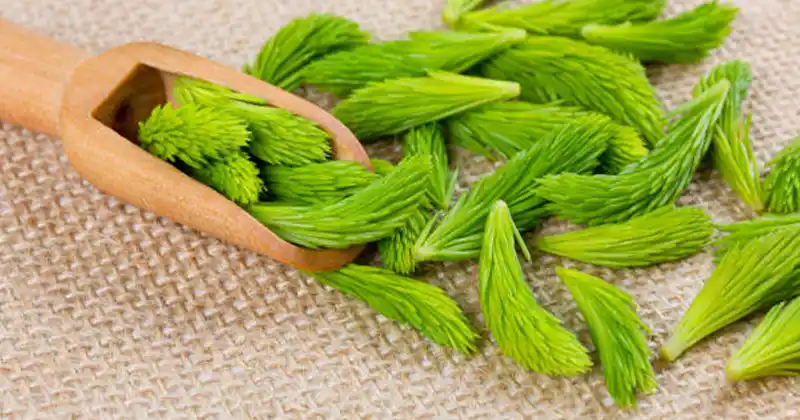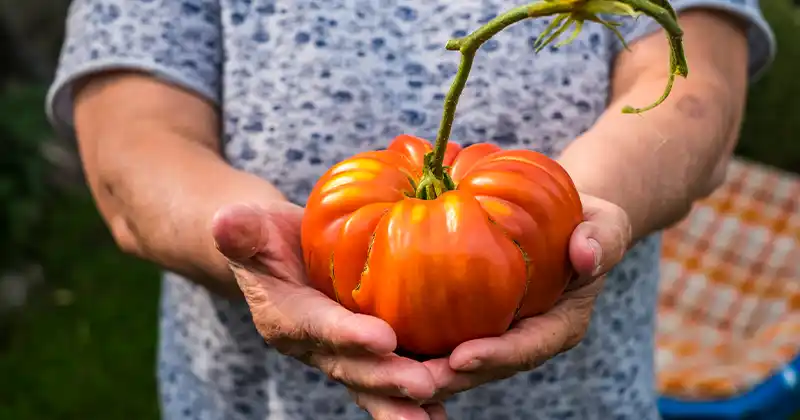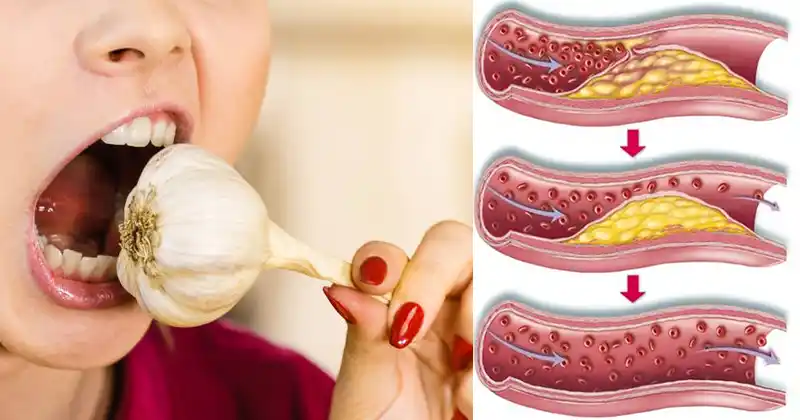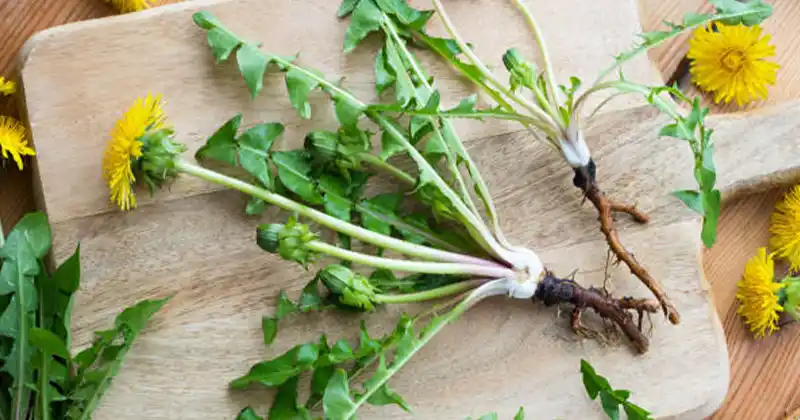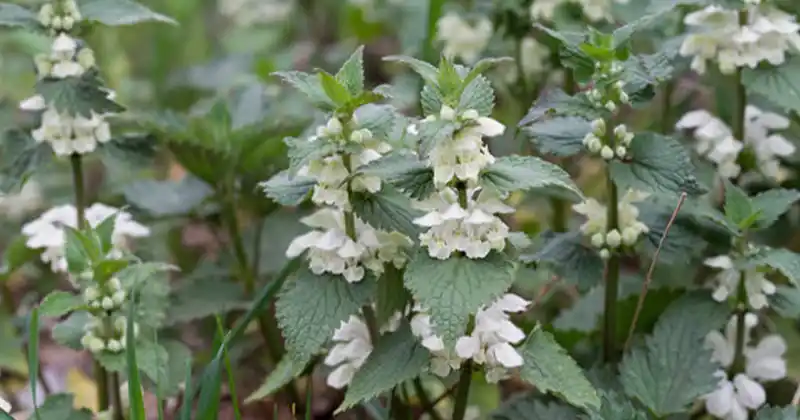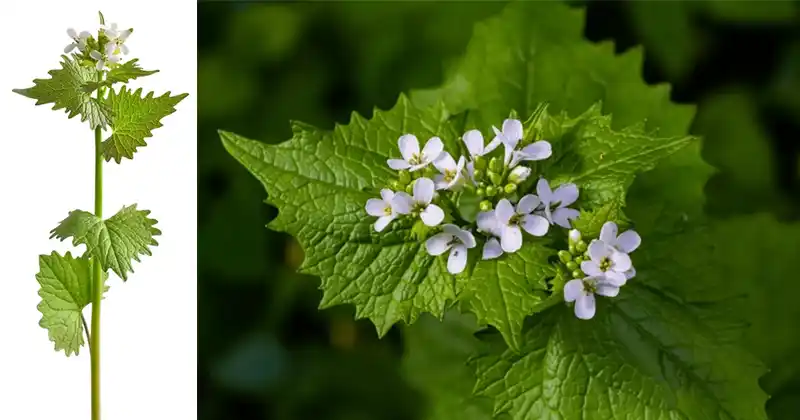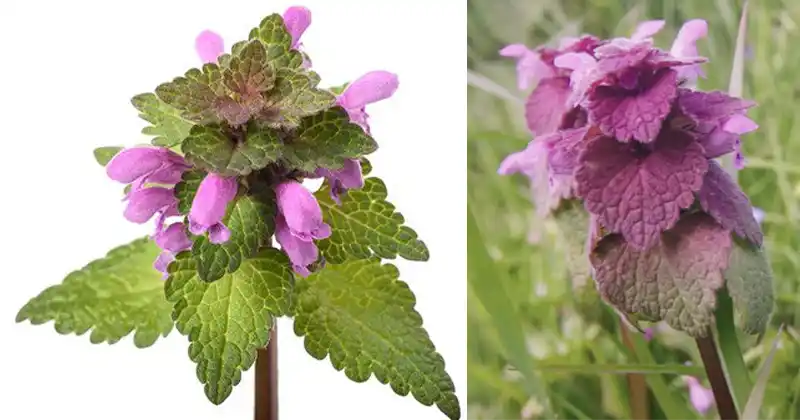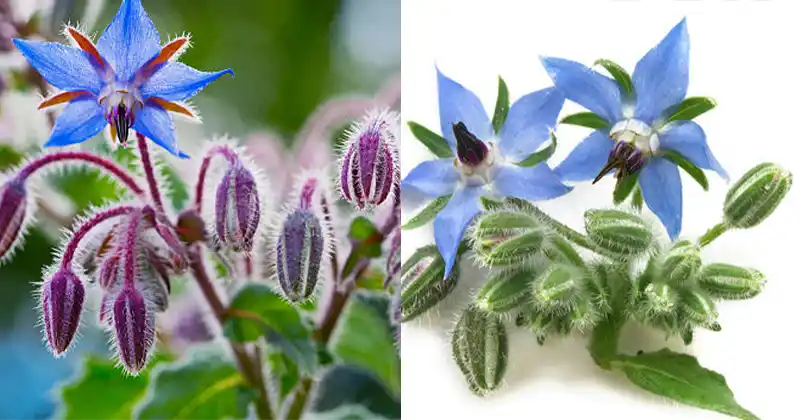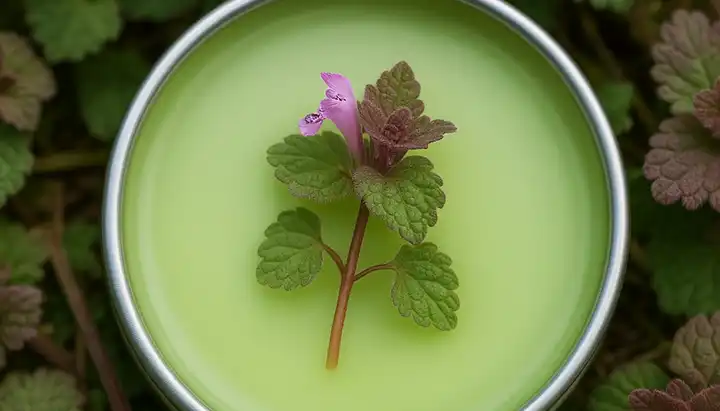How to Harvest Tomatoes for Maximum Flavor and Freshness

Tomatoes are a staple in many gardens, prized for their versatility and delicious flavor. However, knowing the right time and method to harvest them can make a significant difference in their taste and shelf life. In this guide, we’ll walk you through the best practices for harvesting tomatoes to ensure they remain delicious and fresh for as long as possible.
When to Harvest Tomatoes
The timing of your tomato harvest is crucial. Contrary to popular belief, the best time to pick tomatoes is not always when they are fully red. Here’s a breakdown of the optimal stages for harvesting:
Breaker Stage
Tomatoes should ideally be harvested at the “breaker” stage, which is when they start to change color from green to a blush of pink or orange. At this stage, they are about 50% green and 50% pink. Harvesting at this stage has several benefits:
- Protection from Pests: Tomatoes left to ripen fully on the vine are more susceptible to pests and diseases.
- Reduced Splitting: Tomatoes that ripen on the vine can often split due to excess water or over-ripening.
Light Red Stage
If you prefer to let your tomatoes ripen a bit more on the vine, you can pick them when they are orange or light red. They will still ripen indoors, but with a head start that ensures they develop their full flavor without the risks associated with over-ripening on the vine.
How to Harvest Tomatoes
The method of harvesting tomatoes can also impact their longevity and taste. Here are some steps to follow:
Use Clean, Sharp Tools
Using clean, sharp scissors or pruners to cut the tomatoes from the vine is essential. This minimizes damage to both the fruit and the plant, reducing the risk of disease.
Leave a Little Stem
When cutting the tomato from the vine, leave a small piece of the stem attached. This helps the tomato stay fresh longer by reducing the entry points for bacteria and fungi.
Handle with Care
Tomatoes bruise easily, which can lead to faster spoilage. Handle them gently and place them carefully into a basket or container, avoiding stacking them too high, which can cause bruising from the weight.
Storing Harvested Tomatoes
Proper storage after harvesting is key to maintaining the flavor and freshness of your tomatoes. Here’s how to do it:
Room Temperature Ripening
Allow your tomatoes to ripen fully at room temperature. Place them in a single layer, ideally in a cool, dry place away from direct sunlight. This allows them to develop their full flavor and color.
Refrigeration (When Necessary)
Once fully ripe, tomatoes can be stored in the refrigerator to extend their shelf life. However, refrigeration can sometimes affect their texture and flavor. To mitigate this, take them out of the fridge a few hours before use to allow them to return to room temperature, which can help restore some of their original taste and texture.
Avoiding Moisture
Keep tomatoes dry during storage. Excess moisture can lead to mold and rot. If you need to wash them before storing, ensure they are completely dry before placing them in the fridge.
By harvesting your tomatoes at the right stage and using the correct methods, you can enjoy delicious, fresh tomatoes for a longer period. Remember to pick them at the breaker or light red stage, leave a little stem attached, and handle them with care. Proper storage, including room temperature ripening and careful refrigeration, will ensure that your tomatoes remain a highlight of your garden’s bounty. Happy gardening!


